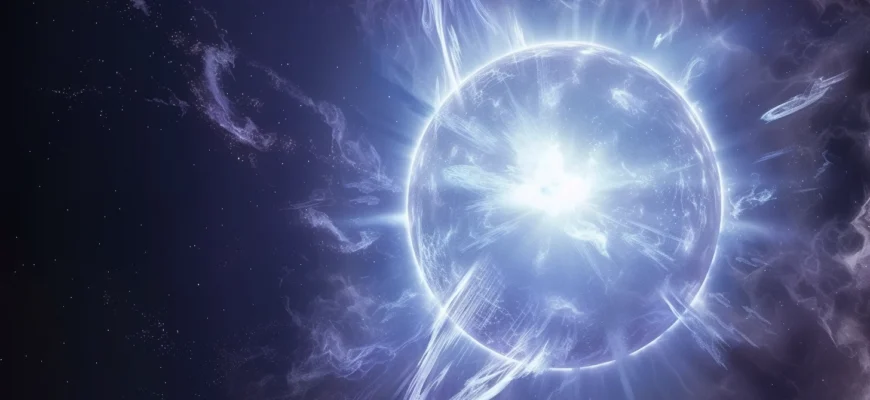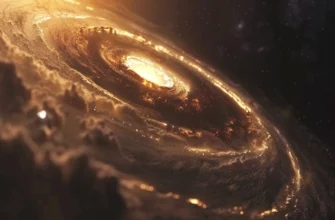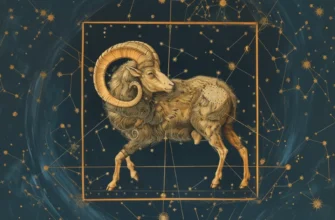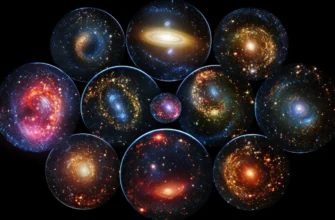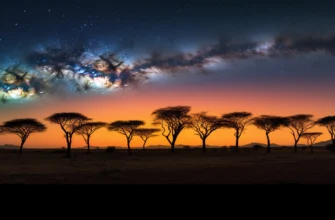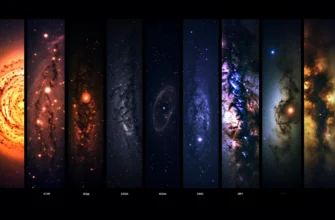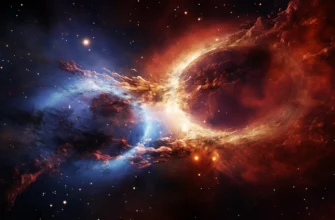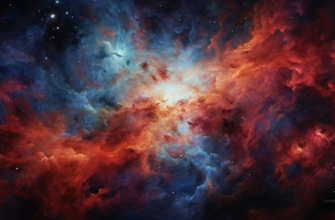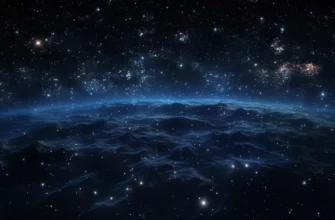Stars live fascinating lives. The massive ones, far larger than our own Sun, lead particularly dramatic existences, ultimately concluding in explosions known as supernovae. However, their stories don’t end there. From the ashes of these cataclysmic events, incredibly dense objects called neutron stars can be born.
What exactly are neutron stars? Simply put, they are the incredibly compressed remnants of giant stars. To truly understand how bizarre these stellar corpses are, let’s first discuss density.
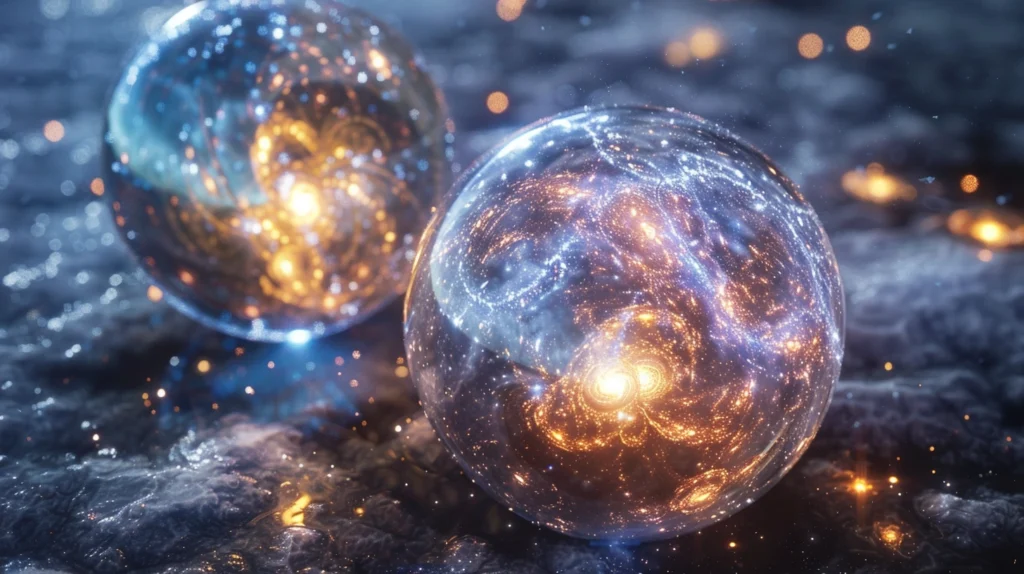
- What is Density?
- The Unimaginable Density of Neutron Stars
- How Neutron Stars Form
- Gravity Gone Wild: The Effects of Extreme Density
- Types of Neutron Stars
- Inside a Neutron Star
- Cosmic Laboratories of Extreme Physics
- Detecting Neutron Stars – A Challenge Worth Undertaking
- Neutron Stars Gone Wild: Glitches and Starquakes
- The Equation of State
What is Density?
Density is the scientific way of describing how compact something is. It’s calculated by dividing an object’s mass by its volume (how much space it takes up). Here’s an example:
- Water: Has a density of 1 gram per cubic centimeter (g/cm³)
- Earth: Has an average density of about 5.5 g/cm³
- The Sun’s Core: Around 150 g/cm³ (woah!)
The Unimaginable Density of Neutron Stars
Get ready to have your mind blown: Neutron stars possess an average density of around 600 billion kilograms per cubic centimeter. Let’s try and wrap our brains around that:
A single teaspoon of neutron star material would weigh about 6 billion tons on Earth!
It’s because of this unbelievable density that neutron stars play host to some of the most extreme physics in the universe.
How Neutron Stars Form
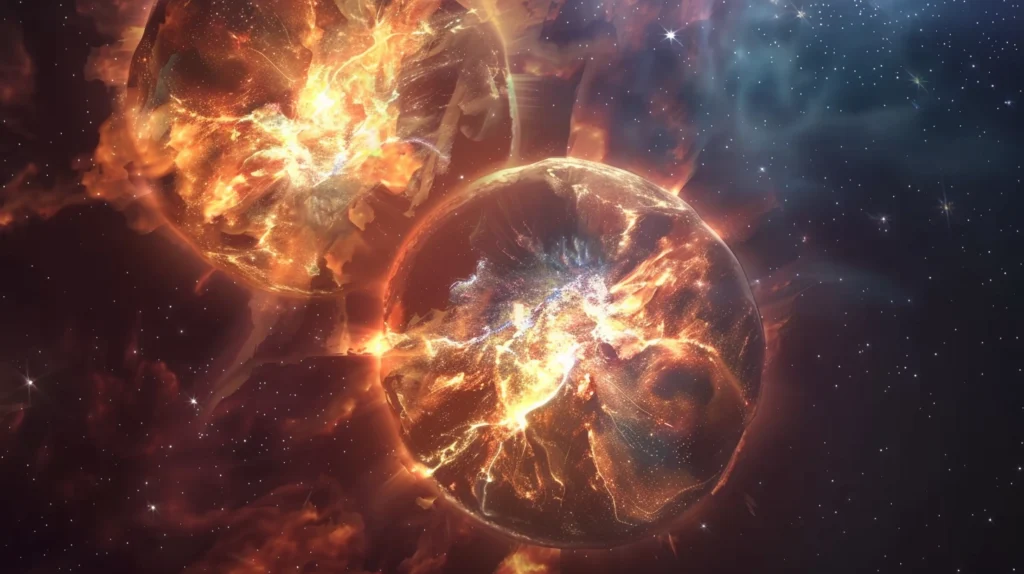
Neutron stars begin their lives just like any other star – immense balls of gas undergoing nuclear fusion in their cores. Eventually though, large stars will burn through their fuel. Without the outward pressure created by fusion, gravity gains the upper hand and violently compresses the star’s core. Here’s what happens:
- The Burnout: After burning through its hydrogen, helium, and other elements, a massive star’s core ends up as mostly iron. Iron fusion doesn’t release energy, it needs energy, leading to a sudden loss of core pressure.
- Collapse: In a fraction of a second, the star’s core collapses. During this process:
- Protons and electrons are forcibly smashed together, forming neutrons.
- Extreme forces drive out much of the star’s outer layers in a supernova explosion.
- The Birth: All that remains is an incredibly compressed ball of neutrons. It’s small, only about 20 kilometers (12 miles) across, but incredibly massive – up to about twice the mass of our Sun. This is the birth of a neutron star.
Gravity Gone Wild: The Effects of Extreme Density
The insane density of neutron stars gives rise to many astonishing properties:
- Bizarre Surface Gravity: Imagine a gravitational pull roughly 200 billion times stronger than Earth’s. At this strength, the escape velocity (the speed you need to break free) is a hefty fraction of the speed of light!
- Magnetic Mayhem: Neutron stars boast ridiculously strong magnetic fields – trillions of times more potent than Earth’s. These intense fields cause some neutron stars to emit beacons of radiation that, from Earth, give the appearance of a regularly pulsing star. They get the cool nickname “pulsars”.
- Starquakes and Glitches: The rigid outer crust of a neutron star can experience “starquakes.” These events can cause sudden tiny changes in a pulsar’s rotation speed, a phenomenon known as a “glitch.”
Neutron stars may be small, but their impact on the universe is huge. Their powerful emissions influence interstellar space, they create heavy elements within their mergers, and they test the limits of physics like no other objects we know.
Further studies promise incredible insights into fundamental forces, extreme energy phenomena, and the behavior of matter under conditions unattainable anywhere else. Neutron stars will undoubtedly continue to fascinate and challenge scientists for decades to come, pushing the boundaries of our understanding of the extraordinary universe in which we reside.
Types of Neutron Stars
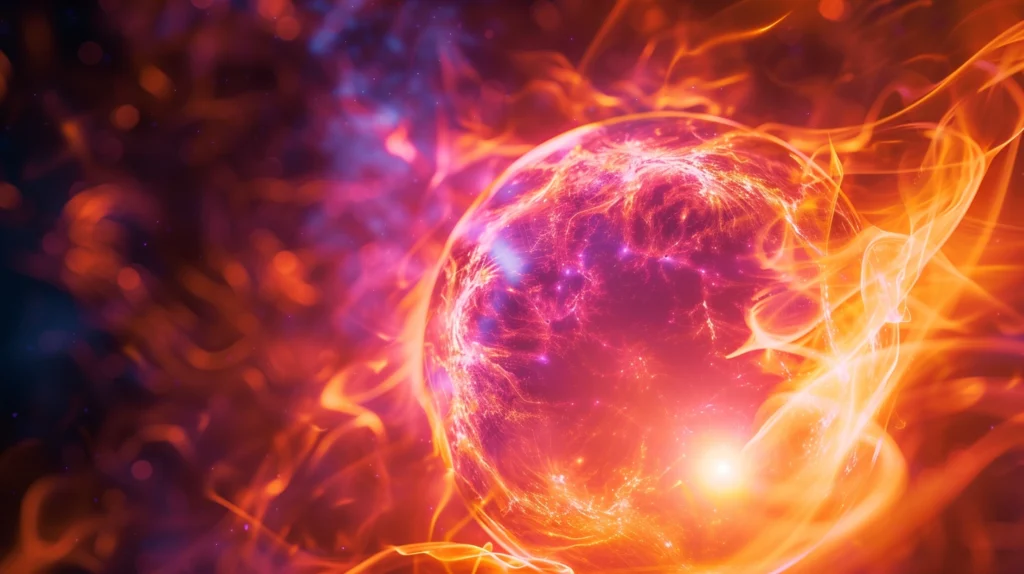
Neutron stars, already bizarre on their own, come in an even wider variety of mind-bending flavors:
- Pulsars: The Cosmic Lighthouses These spinning neutron stars emit beams of electromagnetic radiation that sweep across the universe like lighthouse beacons. As they rotate, these beams may flash past Earth, giving us brief, pulsating glimpses of these stellar remnants. Pulsars have led to incredible discoveries:
- Pulsar Timing Arrays: Using the incredibly precise timing of pulsar flashes, scientists create pulsar timing arrays to search for ultra-long-wavelength gravitational waves left over from the early universe.
- Evidence for Superfluidity: Some of the unusual timing variations in pulsars (“glitches”) might be caused by superfluid states present within their extreme internal environments.
- Magnetars: Magnetic Monsters With magnetic fields trillions of times stronger than Earth’s, magnetars are true powerhouses. These enormous magnetic fields create dramatic effects:
- Stellar Fireworks: When a magnetar’s magnetic field undergoes sudden shifts, intense flares of X-rays and gamma rays can erupt. In 2004, one such eruption was so powerful it briefly affected Earth’s upper atmosphere!
- Puzzling Emissions: Magnetars have recently been discovered to emit signals in the radio wave spectrum, something previously deemed impossible, challenging our understanding of these energetic objects.
- Binary Neutron Stars: Gravitational Wave Powerhouses: When two neutron stars are caught in a close orbit, they spiral towards each other, their ultimate clash rippling the very fabric of spacetime.
- Merger Discoveries: In 2017, the historic detection of gravitational waves emitted by a neutron star merger (GW170817) marked a turning point in astronomy. Scientists analyzed the signal along with flashes of light, confirming neutron star collisions are the birthplaces of heavy elements like gold and platinum.
- Kilonova Mystery: This same 2017 merger created a ‘kilonova’, a less understood but brilliant outburst of light thought to be caused by extreme radioactive decay happening during element creation.
Let me know if you want even further expansion on a specific type of neutron star or want to highlight additional mind-bending properties they can posses!
Inside a Neutron Star
Gazing at a neutron star’s surface would be impossible (and unwise due to the intense radiation!). Even so, scientists theorize a great deal about the internal structure of these objects. Let’s dive in:
- The Crust: It’s believed a neutron star’s outer layer is a solid crust composed mainly of heavy atomic nuclei and free electrons. This crust might only be about a kilometer (0.6 miles) thick but has incredible strength.
- The Inner Crust: Deeper down, pressure squeezes neutrons out of the atomic nuclei. This region is a bizarre realm of free neutrons and an occasional proton and electron. Imagine a super-dense ocean of neutrons!
- The Outer and Inner Core: A neutron star’s core is still mysterious. Here, pressures are so insane that our physical knowledge may fall apart. Some theories include:
- “Hyperon soup”: Strange subatomic particles called hyperons may dominate
- Quark-gluon plasma: Protons and neutrons might crumble into their constituent quarks and gluons
Let’s not forget, despite their tiny size, neutron stars spin on their axes incredibly fast! Some rotate hundreds of times per second. Just imagine something with the mass of the Sun and roughly the diameter of a city doing cartwheels like that!
Cosmic Laboratories of Extreme Physics
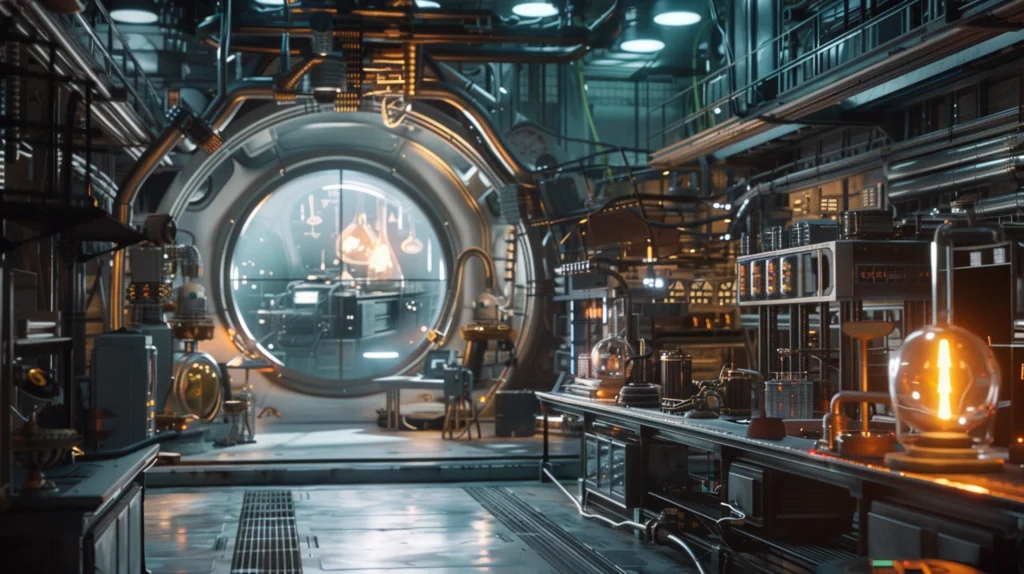
Neutron stars aren’t just mind-bending curiosities—they’re laboratories where physicists can probe the universe under unique conditions impossible to mimic on Earth. Here’s why:
- The study of superdense matter: At the heart of a neutron star, matter exists in states unachievable on our planet. Understanding these states provides a deeper knowledge of how matter behaves.
- Pushing the Envelope on General Relativity: Neutron stars warp spacetime significantly, allowing scientists to test the limits of Einstein’s theory of General Relativity
- Understanding High-Energy Phenomena: Observing powerful emissions and beams from pulsars and magnetars aids in the study of how particles behave under extreme magnetic fields and intense radiation.
Detecting Neutron Stars – A Challenge Worth Undertaking
Locating neutron stars is tricky business. They’re tiny, dim, and often outshone by nearby cosmic objects. Yet, astronomers use clever techniques:
- Pulsar Searches: Radio telescopes are pointed at the sky, hunting for those trademark, pulsating bursts of radio waves emitted by pulsars.
- X-Ray Detections: Neutron stars often have companions, such as normal stars. Some neutron stars may pull material off their companions, causing this gas to heat up and release tell-tale X-rays.
- Gravitational Wave Signatures: The mergers of neutron stars, or of neutron stars with black holes, shake the fabric of spacetime, releasing detectable gravitational waves.
Although neutron stars release vast amounts of energy, their small size and often large distances make them incredibly challenging to detect and study. Scientists work tirelessly, designing ever-more-sensitive telescopes and detection methods to expand our understanding of these dense enigmas.
Below are some notable neutron star-oriented space telescopes past and present:
| Telescope Name | Main Mission/Objective |
|---|---|
| Uhuru | First dedicated X-ray astronomy mission |
| Rossi X-ray Timing Explorer (RXTE) | Studied the variability of X-ray sources, including neutron stars |
| Chandra X-ray Observatory | High-resolution X-ray imaging for studying supernova remnants and surrounding neutron stars |
| Neutron Star Interior Composition Explorer (NICER) | Focused on precise measurements of neutron star radii and understanding their composition |
Neutron Stars Gone Wild: Glitches and Starquakes
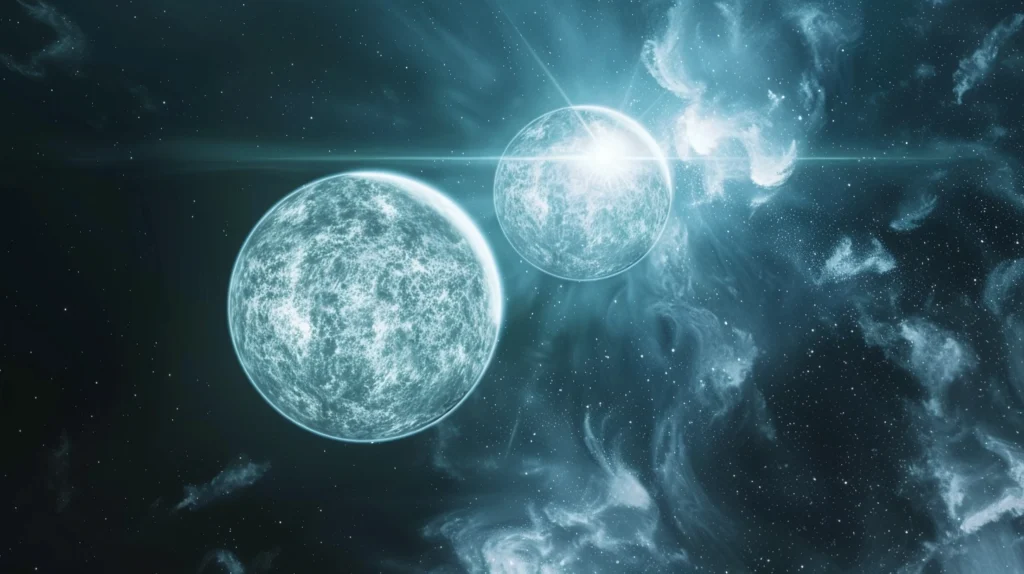
Sometimes, the predictable spin of a neutron star undergoes sudden hiccups called “glitches”. These are thought to occur due to shifts within the star’s rigid crust as it tries to keep up with a swirling superfluid interior. This buildup of rotational stress sometimes gives way, resulting in a sudden increase in the neutron star’s spin rate.
In an event known as a “starquake”, a neutron star’s powerful magnetic field and immense crustal stresses sometimes trigger rearrangements in the star’s crust. Starquakes can generate intense bursts of energy released primarily in the form of X-rays.
The Equation of State
By providing a “cosmic laboratory” to study extremes of gravity and density, neutron stars offer incredible possibilities to investigate the “equation of state” of ultra-dense matter. This equation describes how pressure relates to density, and it’s key to understanding matter’s behaviour in exotic conditions.
In the vast space between stars, the remnants of giant supernovae offer glimpses into the extremes of our universe. Neutron stars, celestial beings where even atoms themselves buckle under unimaginable pressure, continue to amaze and challenge our understanding of gravity, matter, and the fundamental rules governing the cosmos.

